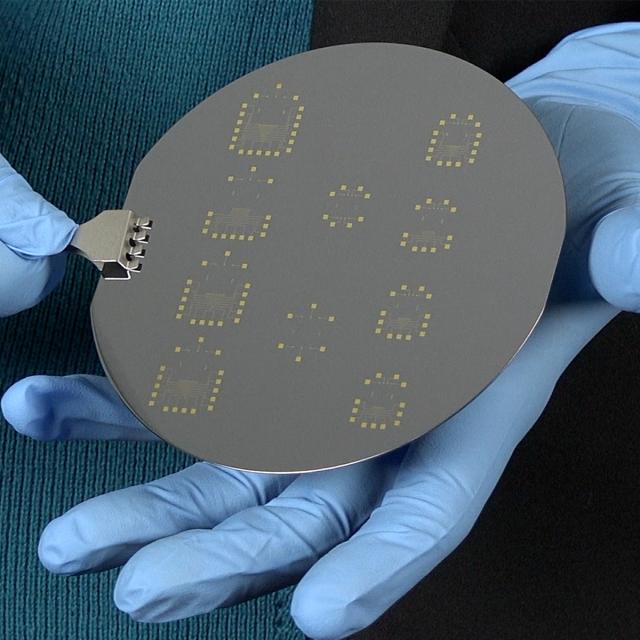MOOC List is learner-supported. When you buy through links on our site, we may earn an affiliate commission.

MOOC List is learner-supported. When you buy through links on our site, we may earn an affiliate commission.
The nanoscale is the next frontier of the Maker culture, where designs become reality. To become a Nanotechnology Maker pioneer, we will introduce you to the practical knowledge, skills, and tools that can turn your nanotechnology ideas into physical form and that enable you to image objects at the nano-scale.
This course has been developed by faculty and staff experts in nano-fabrication, electron beam microscopy, and nano-characterization through the Research Triangle Nanotechnology Network (RTNN). The RTNN offers training and use of the tools demonstrated in this course to schools and industry through the United States National Nanotechnology Coordinated Infrastructure program. The tools demonstrated in this course are available to the public through the RTNN.
Syllabus
WEEK 1
Introduction to Nanotechnology
Welcome to Nanotechnology! In this module, you will learn some of the basics of nanofabrication and nanocharacterization techniques as well as specific applications of nanotechnology in commercial products. You’ll be able to explain why a cleanroom and vacuum environment are necessary for creating nanotechnology products. Finally, you will be able to explain how we use light, x-rays, and electron beams to characterize objects at the nanoscale. For more detailed learning objectives for each video, please see the first reading.
WEEK 2
Nano Measurement and Characterization Tools: Scanning Electron Microscopy and Energy-Dispersive X-ray Spectroscopy
After this module, you will be able to explain sample preparation and imaging techniques used in scanning electron microscopy. You will also be able to explain the benefits of environmental scanning electron microscopy. Furthermore, you will discover how energy-dispersive x-ray spectroscopy can be paired with scanning electron microscopy to gain elemental information about samples.
WEEK 3
Nano Measurement and Characterization Tools: Transmission Electron Microscopy
In this module, we will look at transmission electron microscopy and cryo-transmission electron microscopy. You will learn to describe the basic function of the equipment as well as how samples are prepared and imaged using these techniques.
WEEK 4
Nano Measurement and Characterization Tools: X-ray and Optical Characterization
In this module, we will see demonstrations of micro-computed tomography, X-ray photoelectron spectroscopy, and optical spectroscopy. You will learn the basic function of the equipment and how samples are prepared and measured.
WEEK 5
Nanofabrication: Vacuum Pumps and Thin Film Vacuum Deposition
In this module, we will discover how and why a vacuum environment is required in nanofabrication, compare the operation of three types of vacuum pumps, and look at vacuum deposition of thin films using three different methods: sputter evaporation, e-beam evaporation and thermal evaporation.
WEEK 6
Nanofabrication: Vapor Deposition
We will look at some techniques for making things with nanotechnology using thin film techniques; in this module you will learn to describe and compare atomic layer deposition, chemical vapor deposition, and plasma-enhanced chemical vapor deposition.
WEEK 7
Nanofabrication: Patterning and Self-Assembly
In this module, we will investigate 5 different methods used in nanotechnology for patterning. You will be able to explain the basic processes of photolithography, e-beam lithography, ion beam lithography, hot embossing, and self-assembly.
WEEK 8
Nanofabrication: Etching
In this module, you will learn to describe and compare wet and dry etching processes. These processes are used to selectively remove material in nanofabrication.
Closing
MOOC List is learner-supported. When you buy through links on our site, we may earn an affiliate commission.
MOOC List is learner-supported. When you buy through links on our site, we may earn an affiliate commission.
